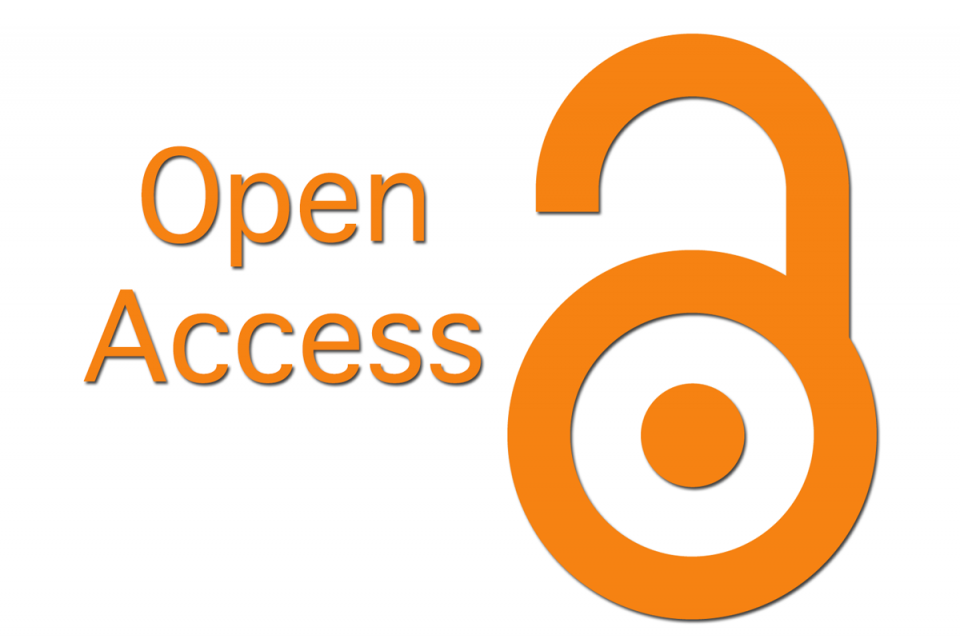THE EFFECT OF IMPLANT NUMBER, DISTRIBUTION WITH DIFFERENT ATTACHMENTS ON THE RETENTION AND STABILITY OF IMPLANT SUPPORTED OVERDENTURE
DOI:
https://doi.org/10.53555/nnmhs.v3i9.616Keywords:
Overedentur retention, Ball attachment, Implant numberAbstract
Background: It was stated that the “PREVENTION IS BETTER THAN CURE”
Today, with the more attention on preventive measures in prosthodontics, the use of implant supported overdenture has increased to the point where it is now a feasible alternative to most treatment plan outlines in the construction of prosthesis for patients (Sheldon Winkler, 2009).
Objective: Evaluate the effect of number and distribution of an implant upon in vitro retention and stability of a simulated implant-supported overdenture.
Methods: In this in-vitro experimental study a model simulating a mandibular edentulous ridge with 7 dental implants analogs inserted in the model approximating the tooth position in the natural dentition was constructed. A two overdenture housing for each type of attachment made of acrylic resin with three hooks attach to occlusal surface of it which connected to three chains attached to a force gauge testing machine was used to measure peak load (N) required to disconnect (dislodge) an attachment in three directions vertical, rotational and oblique. Two different type of attachments have been studied (Ball, Locator). This study was aimed to evaluate retention and stability of implant-retained overdentures based upon implant number and distribution.
Result: One way ANOVA analysis of variance test indicated that there were significant differences at P<0.05, using Duncan`s Multiple Range Test for comparison among the groups of Ball and Locator attachment indicated that groups of multi-implants recorded the significantly higher measured peak load
(N) in the three directions of dislodgement
Conclusion: variation in implant`s number and distribution affect the retention and stability of implant supported overdenture according to type of attachment utilized.
References
.Dostálová T, Radina P, Seydlová M, Zvárová J, Valenta Z. (2009): Overdenture – Implants versus Teeth –Quality of Life and Objective Therapy Evaluation. Prague Medical Report; 110 (4): 332–342.
.Wolfart S, Brunzel S, Freitag S, Kern M. (2004): Assessment of dental appearence following changes in incisor angulation. Int J Prosthodont; 17: 150-4.
.Brunello DL, Mandikos MN. (1998): Construction faults, age, gender and relative medical health: Factors associated with complaints in complete denture patients. J Prosthet Dent; 79: 545-54.
.Laurina L, Soboleva U. (2006): Construction faults associated with complete denture wearers' complains. Stomatologija, Baltic Dental and Maxillofacial Journal; 8: 61-4.
.Hatim N. A, Mohammed S. (2011): Solving Complete Denture Problems by The Use of Overdenture: Clinical Case Report. Al–Rafidain Dent J; 11(2): 238-243.
.Mahesh L. Kurtzman G. Silverstein L and Gupta V. (2011): Restoring Facial Aesthetics and Function with Implant Overdentures. CPOI; 2(2): 6-12.
.Timmerman R, Stoker GT, Wismeijer D, Oosterveld P, Vermeeren JI, van Waas MA. (2004): An eight-year followup to a randomized clinical trial of participant satisfaction with three types of mandibular implant-retained overdentures. J Dent Res; 83: 630-3.
.Shor A, Goto Y, Shor K. (2007): Mandibular two-implant-retained overdenture: prosthetic design and fabrication protocol. Compend Contin Educ Dent; 28: 808.
.Petropoulos V.C, Smith W. (2002): Maximum Dislodging Forces of Implant Overdenture Stud Attachments. The International Journal of Oral & Maxillofacial Implants; 17(4): 526-535.
. Bagde A. D, Jaju S. B , Patil P. G. (2013): A Review on FEM Analysis of Mandibular Overdenture Implant. International Journal of Innovative Research in Science, Engineering and Technology; 2(6): 2137-2144.
. Lewandowski JA, White KC, Moore D, Johnson CJ. (1988): An investigation of two rare earth magnetic systems by measuring grip force and reseating force. J Prosthet Dent; 60: 705–711.
. Carr AB, McGivney GP, Brown DT. (2005): McCracken’s Removable Partial Prosthodontics. 11th ed. Elsevier Mosby; 23-25
. Scherer M.D, McGlumphy E.A, Seghi R.R, Wayne V. Campagni W.V. (2013): Comparison of Retention and Stability of Implant-Retained Overdentures Based upon Implant Number and Distribution. Int J Oral Maxillofac Implants; 28(6): 1-10.
. Fatalla AA, Song K, Du T, Cao Y. (2012): An in vitro investigation into retention strength and fatigue resistance of various designs of tooth/implant supported overdentures. J Huazhong Univ Sci Technolog Med Sci; 32: 124-9 [15]. Ben-Ur Z, Gorfil C, Shifman A. (1996): Anterior implant-supported overdentures. Quintessence International; 27: 603–6.
. Feine JS, Carlsson GE, et al. (2002): The McGill consensus statement on overdentures. Mandibular two-implant overdentures as first choice standard of care for edentulous patients. Gerodontology; 19: 3-4.
. Meijer HJ, Raghoebar GM, Batenburg RH, Visser A, Vissink A. (2009): Mandibular overdentures supported by two or four endosseous implants: a 10-year clinical trial. Clinical Oral Implants Research; 20: 722–8.
. Mericske-Stern, R.D, Taylor, T.D, Belser U. (2000): Management of the edentulous patient. Clinical Oral Implants Research; 11(1): 108–125.
. Meghea D.M, Preoteasa C.T, Preoteasa E. (2014): Attachment Systems for Implant Overdentures. Literature Review. Romanian Journal of Oral Rehabilitation; 6(4): 52.
. Alsabeeha N, Atieh M, Swain MY, Payne AG. (2010): Attachment systems for mandibular single-implant overdentures: an in vitro retention force investigation on different designs. Int J Prosthodont; 23: 160166.
. Ahmedzadeh A, fereidoonpoor N. (2012): Comparison of Retentive Force in Four Attachment Systems in Implant- Supported Overdenture of the Lower Arch. J Dent Shiraz Uni Med Science; 13(2): 54-58
. Krennmair G, Seemann R, Fazekas A, Ewers R, Piehslinger E. (2012): Patient preference and satisfaction with implant-supported mandibular overdentures retained with ball or locator attachments: a crossover clinical trial. Int J Oral Maxillofac Implants; 27(6): 1560-8 23.Sadig W. A. (2009): comparative in vitro study on the retention and stability of implant-supported overdentures. Quintessence Int; 40(4): 313-9.
Downloads
Published
Issue
Section
License

This work is licensed under a Creative Commons Attribution 4.0 International License.
You are free to:
- Share — copy and redistribute the material in any medium or format for any purpose, even commercially.
- Adapt — remix, transform, and build upon the material for any purpose, even commercially.
- The licensor cannot revoke these freedoms as long as you follow the license terms.
Under the following terms:
- Attribution — You must give appropriate credit , provide a link to the license, and indicate if changes were made . You may do so in any reasonable manner, but not in any way that suggests the licensor endorses you or your use.
- No additional restrictions — You may not apply legal terms or technological measures that legally restrict others from doing anything the license permits.
Notices:
You do not have to comply with the license for elements of the material in the public domain or where your use is permitted by an applicable exception or limitation .
No warranties are given. The license may not give you all of the permissions necessary for your intended use. For example, other rights such as publicity, privacy, or moral rights may limit how you use the material.







